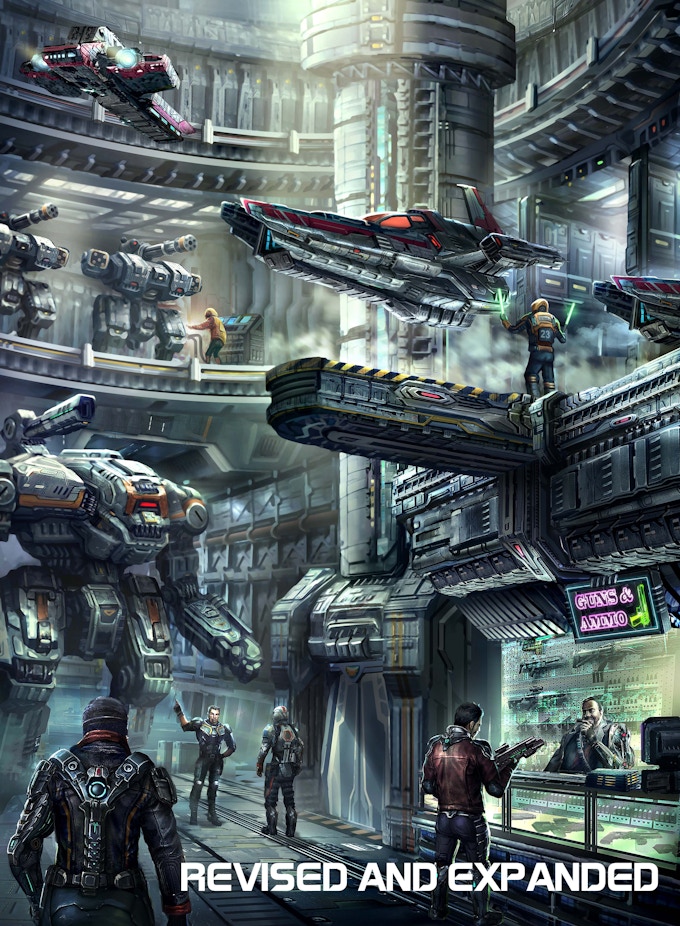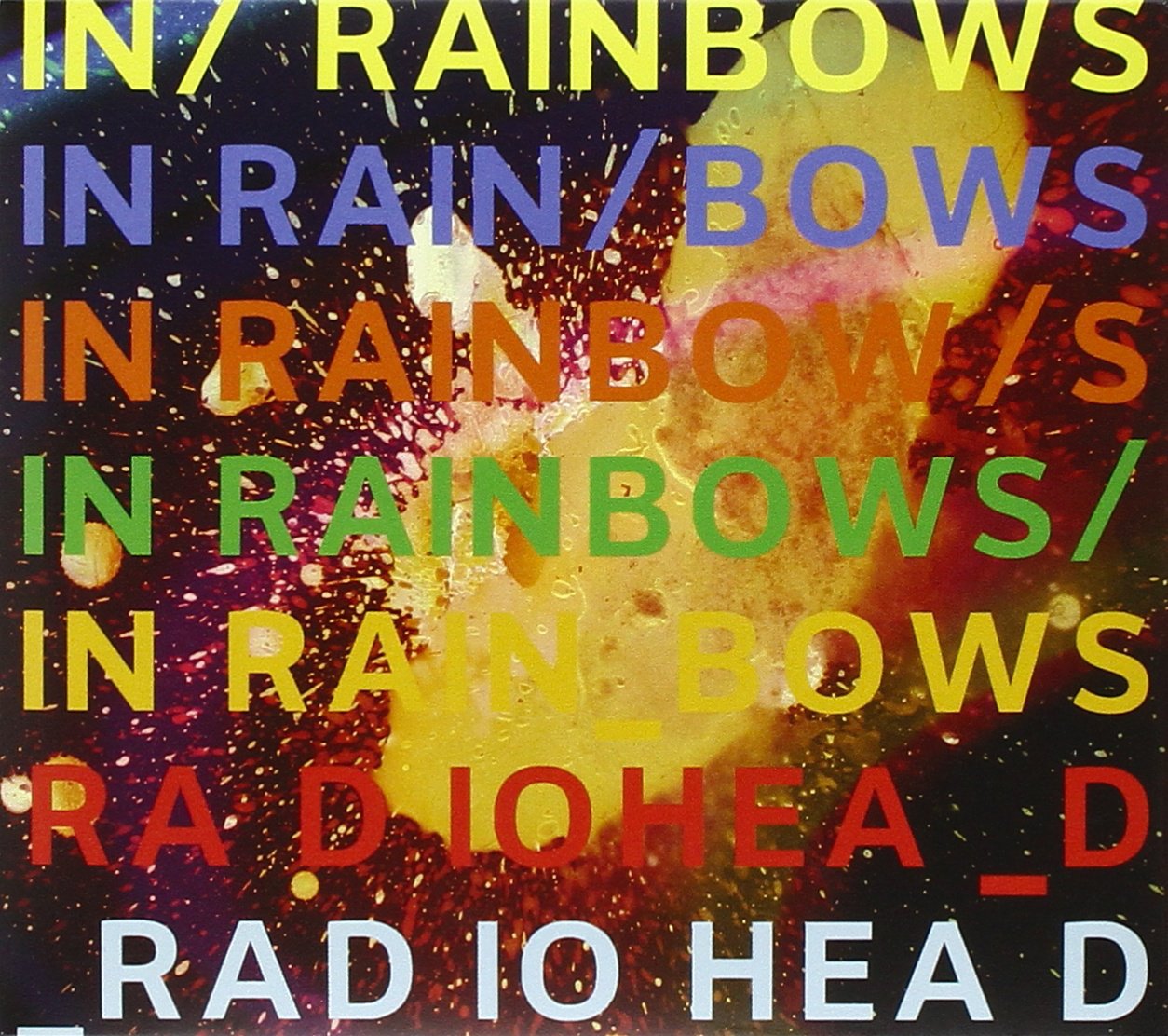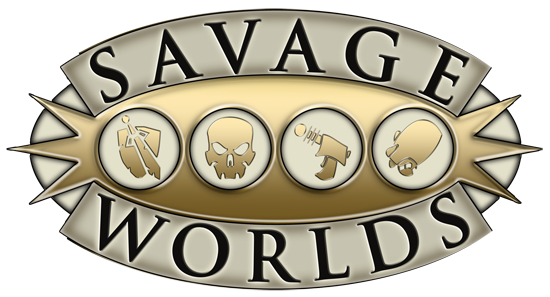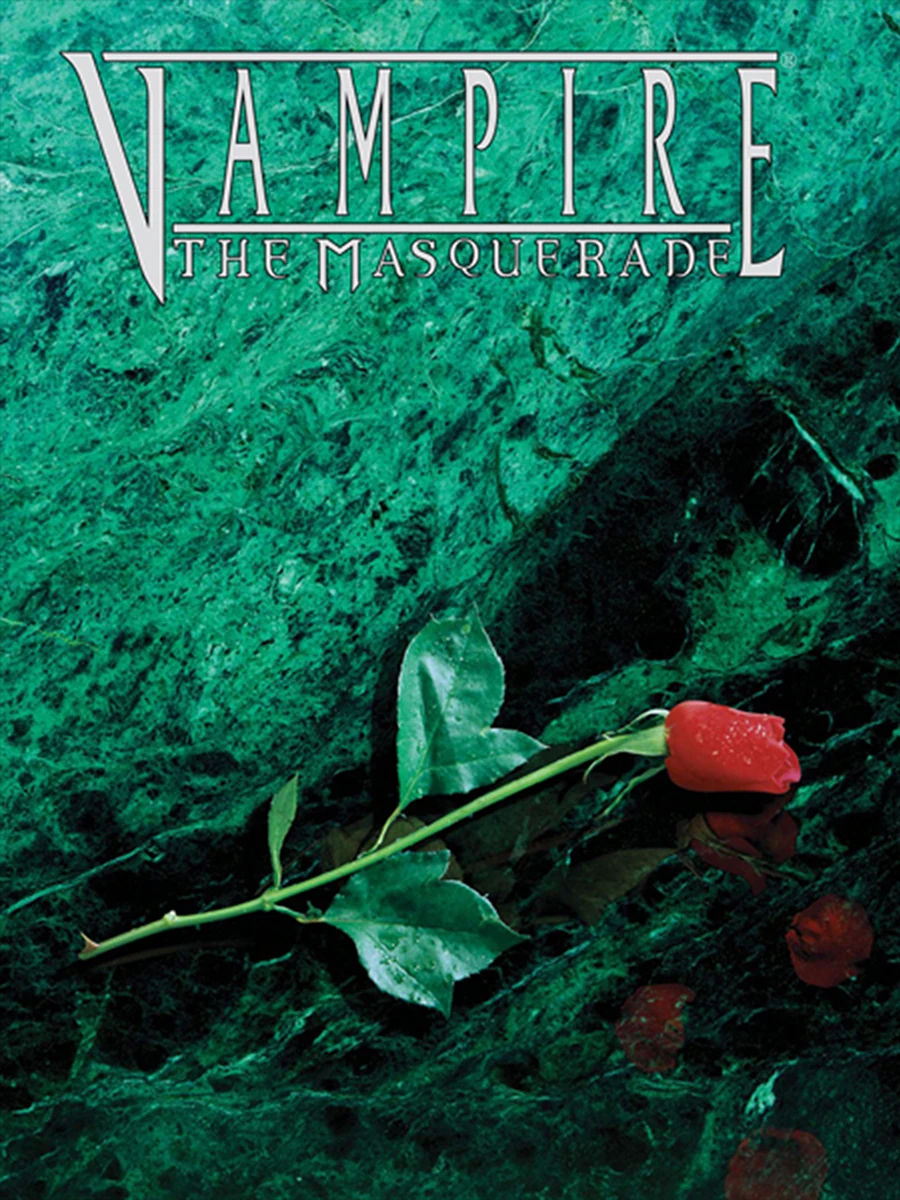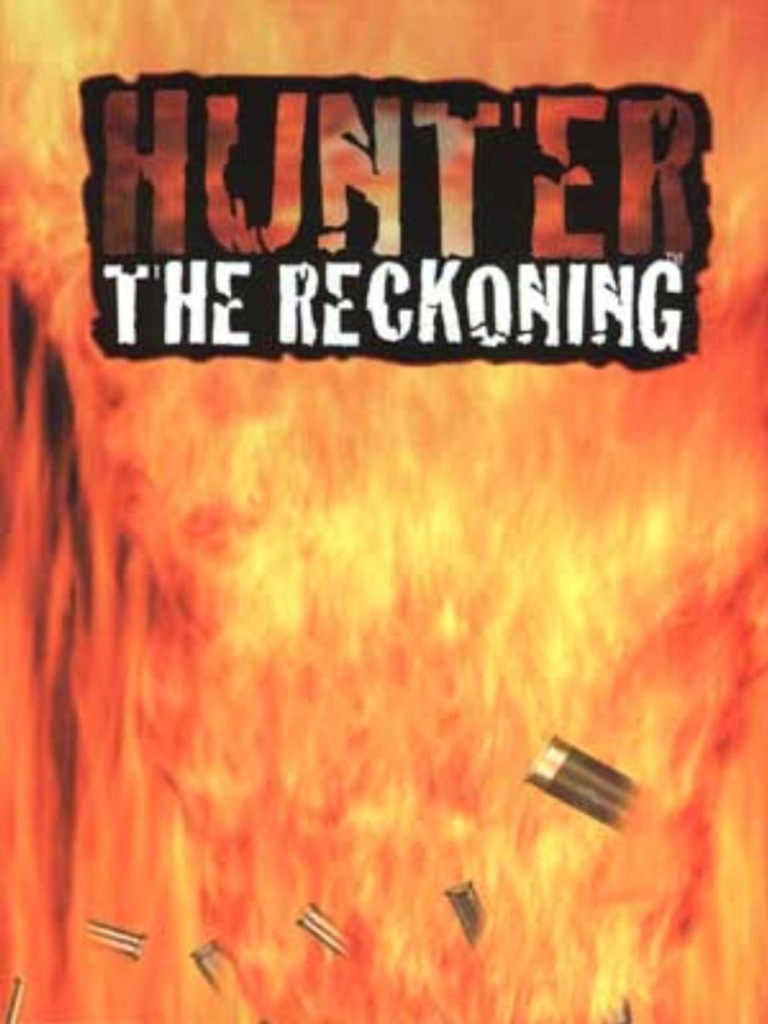THIRD time in a row blogging on the actual day. Don't expect that to last.
Let's blog, homies.
#RPGaday2017, Day 19: Which RPG features great writing in my opinion?
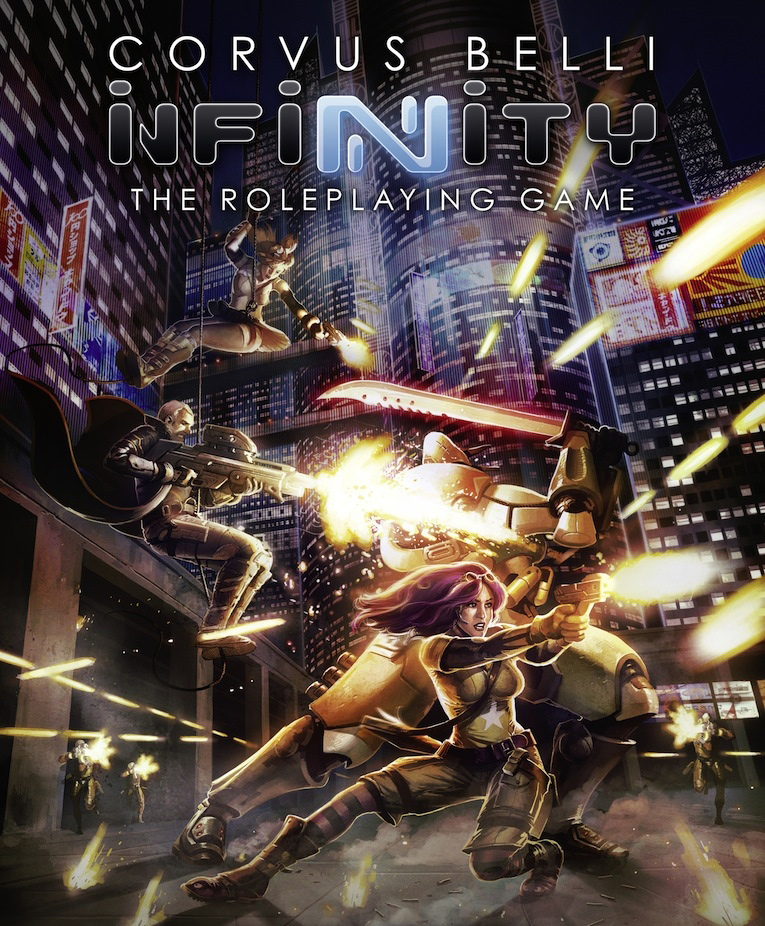 |
| Shut it down; let's go home. |
Kidding aside, I'm super proud of the work that's gone into this game, and I hope y'all enjoy. My contributions are far from the majority, but I was a fan of this thing before I wrote for it.
In all seriousness though, there are a ton of games with great writing. Again, different metrics yield different results. Let's dive into a couple.
Evocative storytelling
Whether in intro fiction or peppered throughout the text; in gazetteers or little sidebar quotes; I really go in for descriptive information. Fluff, if you prefer. A really well-crafted chunk of writing can:
- Give me an idea of what sort of characters inhabit a setting
- Let me know the kinds of things they do
- Show me how that's cool and interesting
When done well, nothing sells me on a game faster. When done poorly, nothing kills my interest as quickly. When done well, but in a contradictory fashion to what playing the game is
actually like on any level, then we have 90's White Wolf
1.
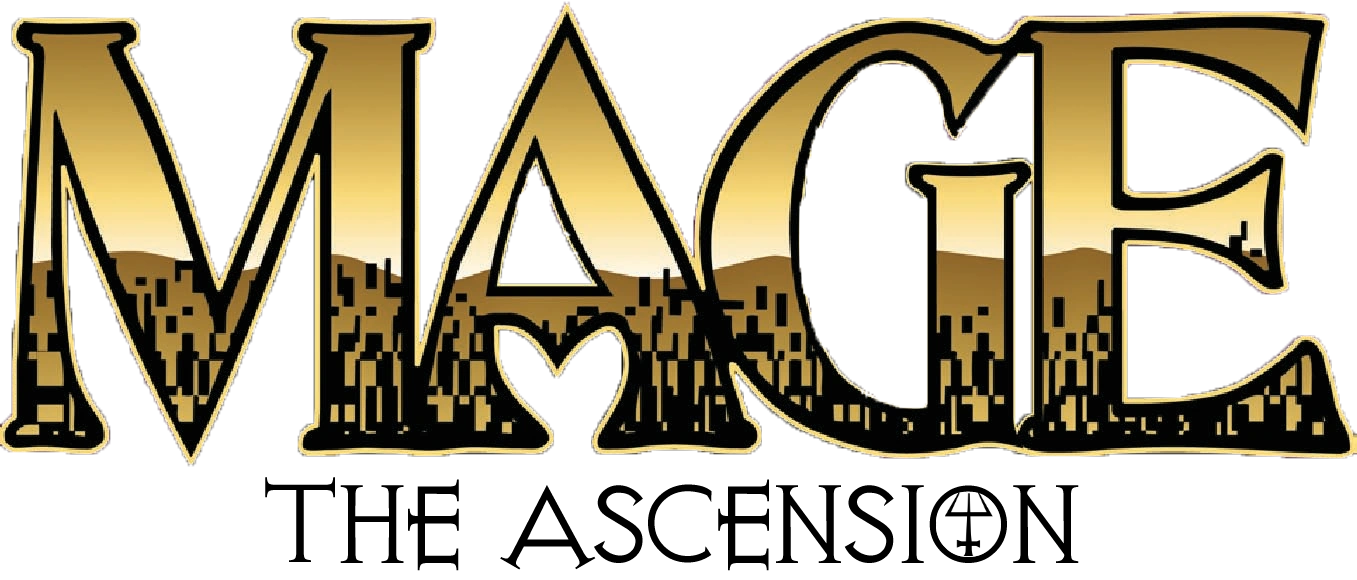 |
| Evocative, if often misleading. |
Anyway. My answer for this category is a mix of different entries, including, um.... 90's White Wolf?
It is what it is.
I
really liked the intro fiction from (don't hold me to this) 2nd edition
M:tA. The one where the characters span epochs, have a crazy fight with some Technocracy/Order of Reason, Paradox shows up and is cleverly used to the protagonists' advantage, and the main character is a
Widderslainte working through a redemption arc.
This was incredibly cool, and immediately gave me an idea of what playing a game in this setting could be like! I was excited - then I read the interior, which basically said "no, actually, you can't do that stuff, sorry."
Now, this mattered less to me and my group. My GM
2 shared an enthusiasm for that intro fiction, and agreed that the world portrayed in that fiction was what Mage should be like, and that when the rest of the book contradicted that, it was in error.
Which leads me to my next entry.
Effective communication
I've got an MA in communicaion, and I will talk your ear off about how it's important3. If RPG books are manuals, giving you tools to effectively make a cool game, then they should convey:
- What those tools are, and how they differ from other tools
- How that changes the play experience, and the assumptions you game will make
- The fun things that come as a result of those tools.
For my money, there's a gold standard that I hold myself to.
 |
| Hello, gorgeous. |
In my estimation, Fate Core does a phenomenal job of communicating how it all works, and seamlessly integrates snippets of example play in the text to make concepts clearer.
This is a damn fine text.
Now, it helps that I also really like the system. I feel that it could go a bit farther in communicating how the rhythm of a Fate conflict is different from something like D&D, but on the whole, I feel like this is a really well-executed piece of text. To tie things together, this is the game that my GM4 is running Mage in. And to keep the Segways rolling...
 |
| Visual Pun! |
Ahem. The segues rolling...
Blending the Two
For my money, there's something magical when you get effective communication, and evocative storytelling, blending into one beautiful book. A couple examples off the top of my head:
The Dresden Files RPG
I've never seen the "in-character dialog scattered throughout the text" thing done as well as it is here. Killer intro fiction - by Jim Butcher, natch - really sends home the kind of adventures you can expect to have, and the mechanics are explained pretty well.
Again, it has one of my pet peeves of all Fate stuff, insofar as it doesn't do a great job explaining its unique feel and rhythm, but it's kind of a victim of its own success, insofar as Fate doesn't feel like "D&D, but with a subtle twist," and is far more transformative than something like White Wolf's Storyteller, GURPS, HERO, Palladium, etc. - and not just because of its shared-narrative component.
That's splitting hairs. The book is great, and it made me excited to play a character and/or run the game.

Nova Praxis
I feel like this is ok for me to do, considering that I didn't contribute anything to this core book, and indeed, was a fan far before I worked with the setting.
NP has a compelling setting that offers elements of Shadowrun, L5R, Eclipse Phase, and - dare I say it - Infinity, while possessed of an identity fully its own. Straddling the line between Strands of Fate, Fate Core, and Strands of Fate 2, the mechanics are illustrated well, the play examples and character snippits do a fine job of illustrating the world, and they align with the art to make the world feel alive and compelling.
Blades in the Dark
Oh hell yes.
Taking heavy inspiration from the Thief and Dishonored video games - skillfully enough that I put my own similarly-inspired setting on hold for a while5 - this game brilliantly explains its quasi-PbtA mechanics, setting, scope, and tone with such deft aplomb that it's hard not to hug the book sometimes.
If you want an example of a game that is really good about telling you what it is, this is probably the gold standard.
So! That was fun. See y'all tomorrow!
~Killstring
* * *
1 - You know I love you, 90's White Wolf, but you were super bad at this. If you're going to write a story hinging on advanced powers that don't have stats yet, and are probably forever out of the reach of PCs, don't use that as your opening fiction, maybe?
Let me know who I can be.
2 - Hi GM! Do you like me? I like you! Please be nice and bring my characters anguish and suffering, and I will bake you cookies in thanks. Bye!
3 - Ironically, a poor communication tactic. Studying a phenomena doesn't automatically convey skill with it.
4 - Cookies. No joke! If you kill off a beloved NPC, with them dying my my PCs arms, cradling them as they try in futiilty to tell my PC that this isn't their fault (when we all know that it is), I will even let you pick which kind of cookies.
Think about it. :)
5 - I'm not mad, but I'm not stupid either. While the settings, systems, and types of games are very, very different, I called my main city "Dirkwall" - Blades is set in "Duskwall" - I too feature demonic leviathans - sharing inspiration from Dishonored - hell, I even found inspiration in Neko Case's Furnace Room Lullabye.
Despite them being super-different games, there's just no way I wouldn't be seen as a derivative work if I was coming out with this now. So I've tabled it for a minute. It'll be fun when I eventually release it, but this is really not the time.
